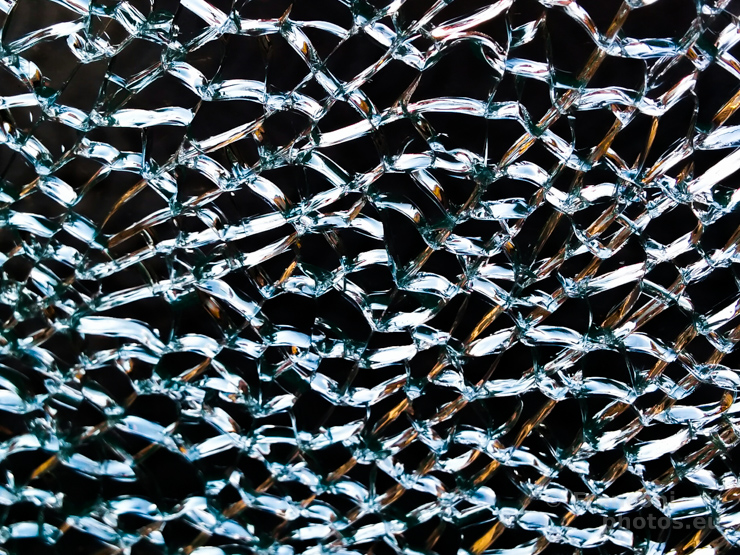Postproduction is huge and complex topic that has many facets and versions hidden in the techniques and its use. We shall crash the first myth, there is no photo without postproduction.
Each photo gets out from the camera already processed and elaborated in order to be shown on your camera screen or on your computer desktop. Cameras that are more professional are saving the “raw” file, a kind of digital negative, but this raw file has to be elaborated anyway. The process will just be postponed to a second moment and in a non-automatic way.
Could we say that nowadays all photos are “tricked”?
No, there is no ontological difference from a film photo to a digital one. Both of them to be (produced and) watched must be elaborated. The first one needed the dark room while the second one needs a software. There is no difference in the concept.
I have heard many times “I like photos as they are taken without following retouches”. Does it exist a non-elaborated photo?
No, every camera imposes few parameters to the photo. Not knowing the existence of these parameters and not knowing how to set them up, just shows who have read his camera user’s manual from the ones that have not.
“Today I see only filtered photos, unlike before”.
False! During the film era the photo adjustment was separated in two different phases. Directly on the camera and later on during the dark room process. An example? Filters nowadays applied digitally once were in front of the camera zoom/objective. This way it was possible to obtain skies more blue and many other effects.
How to cope with the post-production?
Postproduction can mean a thousand different situations. Postproduction can create a more real photo, can create an artistic shot or can exasperate some photos. It depends on the use you make of this tool. I smile when I hear words such as “purism” of photography because “Purism” doesn’t exist. I agree with the ones that criticize the abuse of post-production because photos that could be nice, are completely destroyed by the excessive use of this powerful tool. Anyway, this is a problem of the person using it and not a problem of the tool in itself. My suggestion is to learn the basic principles and to resist the temptation to go over the edge of beauty.
© Franconiphotos – All rights reserved.

